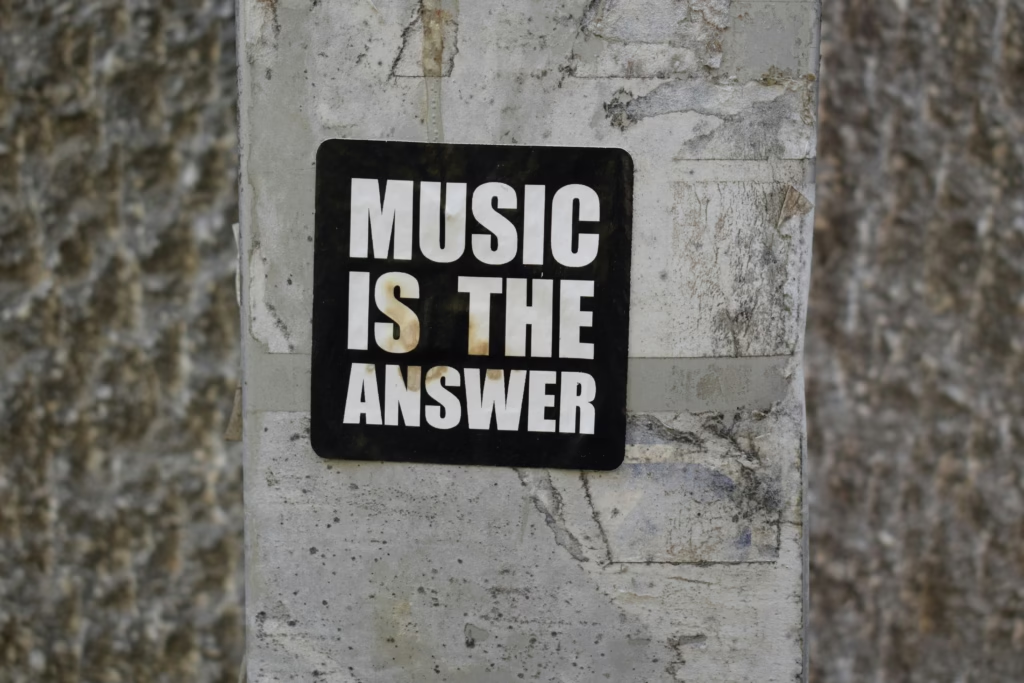Putting together a Powerpoint deck is the easy part. Presenting those slides in a way that not only carries your message, but makes the audience care is the true challenge. The science behind exceptional presentation lies in the storytelling principle called “Chekhov’s gun“:
“If in the first act you have hung a pistol on the wall, then in the following one it should be fired. Otherwise don’t put it there.”
Anton Chekhov
A great presentation consists of loaded pistols, rising tension, and fired guns: set up, build up, and pay off. You can truly captivate an audience by using this storytelling structure because it creates a greater sense of engagement. In fact, simply listening to facts and statistics only activates the part of the brain related to language processing. Listening to a story, on the other hand, activates additional parts of the brain related to emotion and empathy, thereby encouraging the formation of long-term memories.
In this post, we’ll break down how Steve Jobs used this technique of set up, build up, and pay off to make the introduction of the iPhone unforgettable during his renowned MacWorld 2007 presentation.
1. Set up your idea
It always starts with the idea – the central point you want the audience to remember. Jobs’ idea was: the iPhone is three extraordinary products rolled up into one.
- It can play music (like an iPod)
- It can make calls (like a phone)
- It can surf the Internet (like a Mac)
Think of the idea as your destination – the memorable place you want to take the audience by the end. To set up this idea, you need to load your pistol. You need to place it on the wall for the audience to see, but not yet know when or how you’ll use it. Plant clues about where you’re going without giving everything away. In the clip below, note how Jobs starts the presentation by setting up how rare it is to create just one revolutionary product:
Presentation Clip 1
We will later see how this emphasis on one pays off later when the iPhone is revealed to be three.
2. Build up to your idea
After the setup, it’s time to build the audience toward the ultimate payoff. This is the opportunity to give context and add detail. By moving the audience closer to the idea (the destination) and giving more clues about where you’re going, the stakes are raised and excitement grows.
Presentation Clip 2
Jobs builds anticipation by going through Apple’s previous breakthroughs:
- The Mac in 1984 changed the computer industry
- The iPod in 2001 changed the music industry
Anticipation builds because Jobs continues to underscore how these products completely changed contemporary industries. The audience begins to wonder, “What industry is Apple going to change next?” “What is the new product going to be?”
Notice how every clue Jobs gives is deliberate. He is not just reiterating Apple’s legacy. He is giving the specific example of the Mac and the specific example of the iPod because the eventual payoff (the iPhone) is a Mac, iPod, and phone, all rolled up into one. Not just one revolutionary new product, but three in one.
3. Pay off your idea
Presentation Clip 3
In the clip above, Jobs delivers on the payoff. He’s fired the gun and we’ve reached the destination. He is unveiling not just one new revolutionary product in this presentation, but three. The audience’s ecstatic reaction is enough to exemplify how powerful set up, build up, and pay off is in engaging emotionally and empathetically.
This is where a good presenter would be done. But Jobs wasn’t done.
*4. The Twist
The key to not just good, but masterful storytelling is the twist. The expectation subversion. Getting the audience to the same destination but not with the straight and easy path.
With the one that goes around and gives the gorgeous view.
Instead of just setting up how rare one revolutionary product is, building up a showcase of Apple’s greatest hits, and paying off with a demonstration of the iPhone’s three extraordinary capabilities, Jobs does something clever. He tricks the audience into believing it’s three products. And then reveals that it’s actually just one.
Presentation Clip 4
The audience will not forget that presentation because it brought them on such a compelling emotional journey through the power of story.
Summary
When creating your own presentation, follow these tips to achieve Jobs’ mastery of storytelling:




I’d not heard of Chekhov’s gun before, but it sounds like a really useful way to think about which details to share during a story.
Those 4 clips illustrate your point so well. Nice one!
Thanks Craig, if you’re interested, here’s another really great article from Masterclass about the use of Chekhov’s gun in storytelling. It discusses “economy of detail”, as well as the reward the listener feels when a seemingly unimportant detail provided at the beginning of a presentation bears fruit at the end: https://www.masterclass.com/articles/writing-101-what-is-chekhovs-gun-learn-how-to-use-chekhovs-gun-in-your-writing